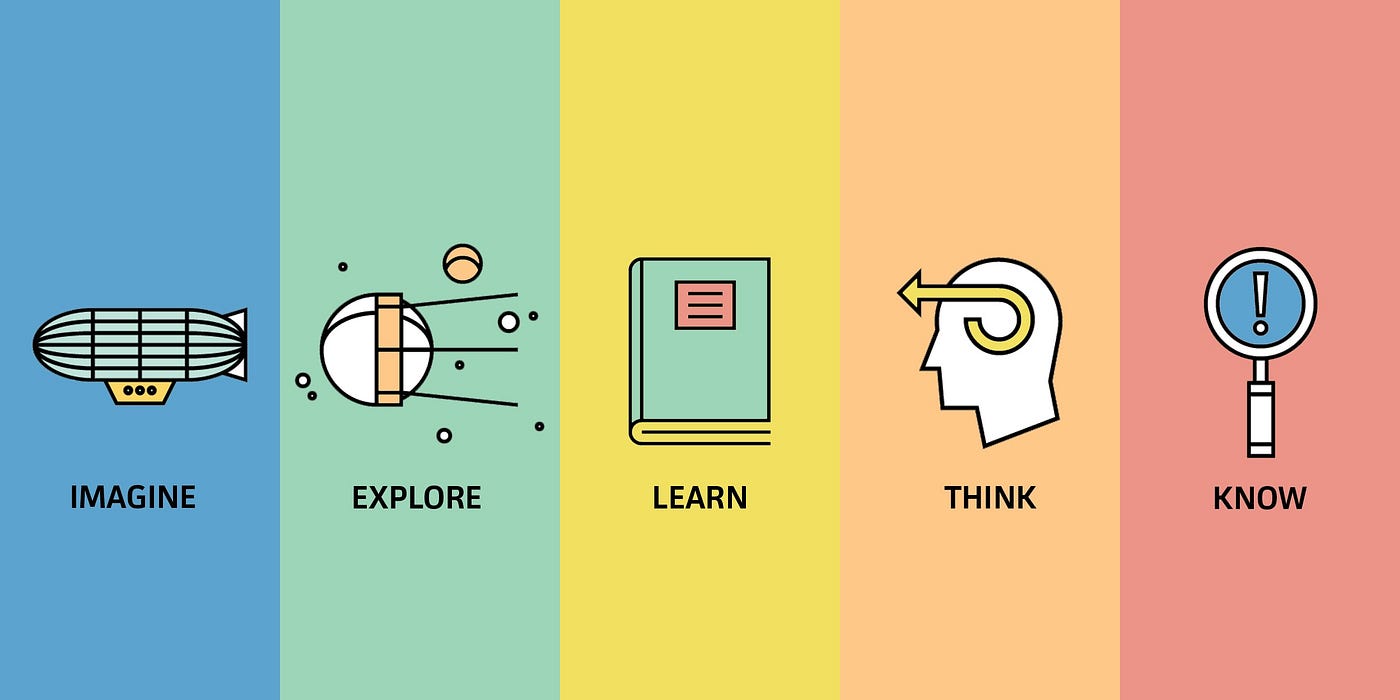Written by: Ushasi Dey
Edited by: Yashi Shah
“The Ultimate Aim Of Education Is To Enable Individuals To Become Architect Of Their Own Education And Through That Process To Continually Reinvent Themselves”, says Elliot W. Eisner

Finally, New Educational Policy has come up with those changes that have been necessary for a long time back. Indian educational system has been deemed as archaic and obsolete by many as its educational scoring system emphasizes on skyrocketing and repetition with little to no incentive for real-life applications.
The new educational policy was launched on Wednesday, July 29, 2020. The policy has squashed the 10+2 system and changed to 5+3+3+4 i.e 5 years of primary education, 3 years of preparatory stage, 3 years of the middle stage, and 4 years of secondary school. Exams will be only held for classes 5th, 8th, and 12th. In a new multi-disciplinary, the rigid distinctions between the streams that one has to pick in the 11th standard have stopped. The NEP says that the mother tongue or local regional language is to be a medium of instruction in all schools up to Class 5.
The downside of this new educational policy draft 2020 is that English will take a back seat if this is implemented. It is possible to learn both. But if we start learning English directly in Class 6, it will prove to be very hard on children who come from backgrounds that aren’t privileged as those who are from upper-caste families.



